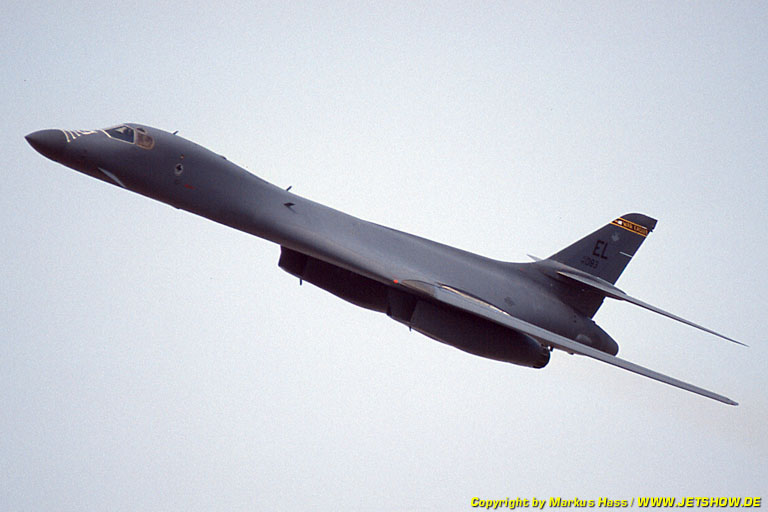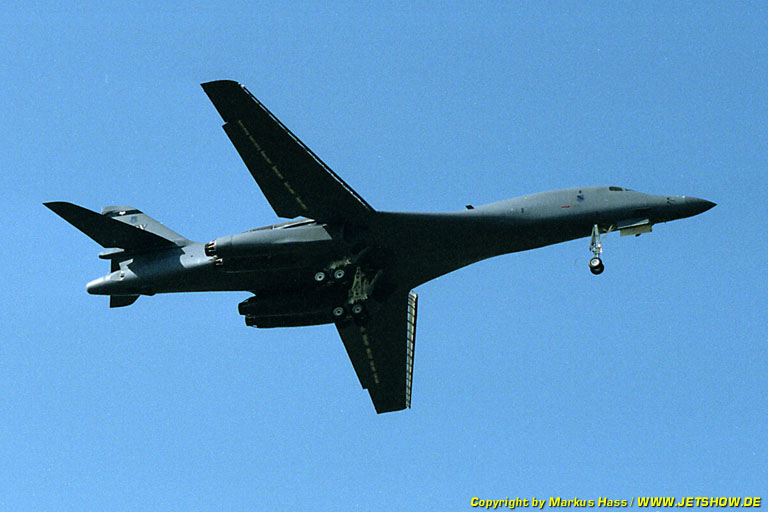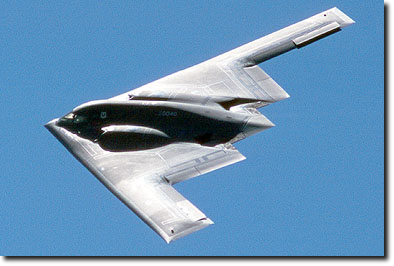| Name: B-2 Spirit | ||
| Length: | 21m03 | |
| height: | 5m18 | |
| Ceiling: | 16765 m | |
| Span: | 52m43 | |
| Engines: | 4 | |
| Crew:
|
2 / 3 | |
| Max Speed: | 1103 km/h | |
| Weight Max: | 181437 kg | |
| 1997 - USA | Range:
|
13898 km |
Features
Along with the B-52 and
the B-1B, the B-2 provides the penetrating flexibility and effectiveness inherent
in manned bombers. Its low-observable, or "stealth," characteristics
give it the unique ability to penetrate an enemy's most sophisticated defenses
and threaten its most-valued, and heavily defended, targets. Its capability
to penetrate air defenses and threaten effective retaliation provide a strong,
effective deterrent and combat force well into the 21st century.
The B-2 has a crew of two pilots, an aircraft commander in the left seat and mission commander in the right, compared to the B-1B's crew of four and the B-52's crew of five.
USAF,
F-117A Nighthawk, 83-0807/HO, 415th FS, Gilze Rijen AFB (The Netherlands)
Photo R.Vogelaar.
The
F-117A is a single-seat, wedge-shaped, V-tailed low observable night attack
fighter with the technology to reduce its vulnerability to radar detection
(stealth).
The variable geometry B-1 bomber was designed as the successor for the elderly B-52. The B-1A was cancelled, partly because the high- flying bomber was obsolete, and partly for political reasons. The B-1B Lancer version, more optimized for low-altitude attacks and stealth, is now built in small numbers.
 |
 |
|
Type:
B-1B |
Armament:
29030 kgs |
